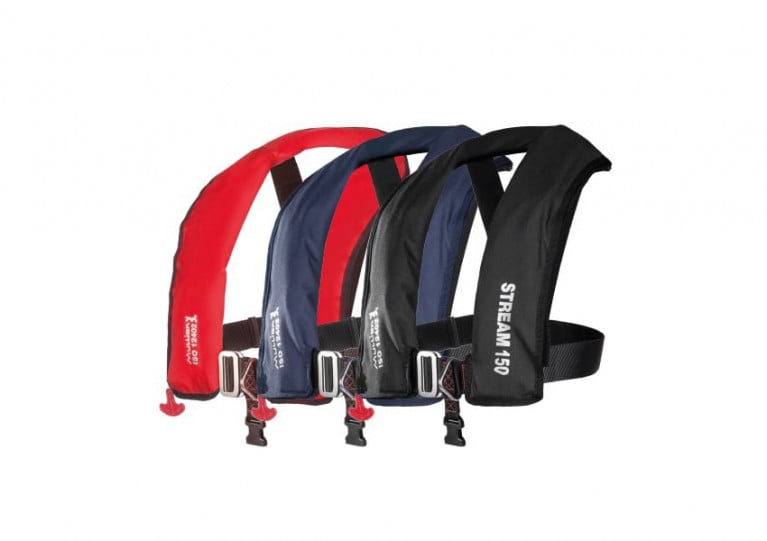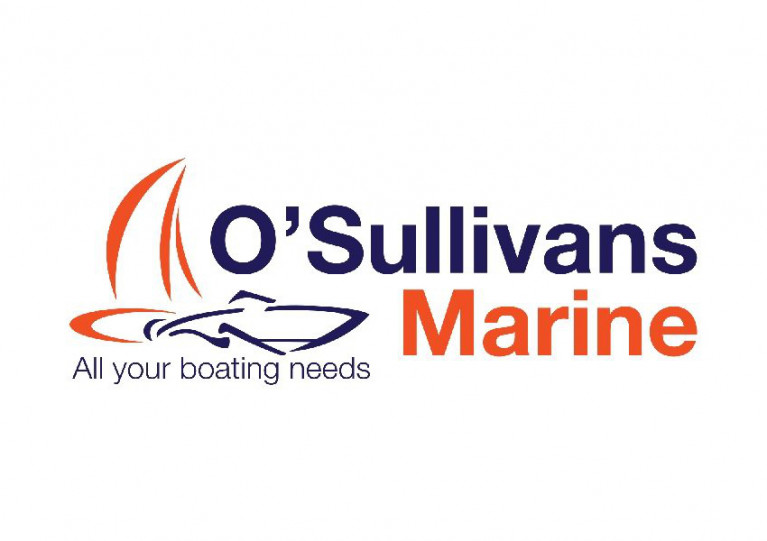Displaying items by tag: O’Sullivans Marine
The Mullion Stream 150N is the latest addition to the range of competitively priced, Irish-produced lifejackets at O’Sullivans Marine.
The Mullion Stream 150N automatic inflatable lifejacket is a constant-wear, all-weather lifejacket for general use with foul-weather clothing.
It comes in a standard horseshoe design with a touch and close fastening cover and a single back strap, harness and crutch strap, conforming to ISO standard 12402-3.
O’Sullivans Marine stocks a large selection of lifejackets and buoyancy aids for adults and children — and recently provided a guide for choosing the lifejacket that’s right for you.
The Tralee showroom is now back open for business alongside online orders at osmarine.ie, with free shipping on eligible orders over €60.
O’Sullivans Marine has reopened its doors on a phased basis, with some restrictions, following the first moves to reopen the country amid the Covid-19 situation.
The Tralee firm, which supplies essential safety equipment to the marine industry, joined hardware stores across Ireland that welcomed customers on their premises for the first time since movement restrictions against coronavirus were brought in nearly two months ago.
In a statement, the company said: “At O’Sullivan’s Marine, we are fortunate to have large spaces in which our employees and customers can easily practice social distancing.”
It added: “As the safety of our staff and customers is our highest priority, we have put protocols in place during the Covid-19 pandemic.
“These include perspex screens in reception, accessible hand sanitisers and social distancing markers.”
The restricted opening means that customers must order by phone or online for collection from the Tralee premises.
Customers will be welcomed in as far as reception and all are asked to sanitise hands on both entry and exit of the premises, remain behind the perspex screens while interacting with staff, and adhere to social distancing to safeguard themselves, other customers and staff members.
Patience is also requested as, due to the volume of orders, there may be a delay in delivery times. Bookings for servicing and repairs are being taken as usual but must be made in advance, and staff will do their best to accommodate.
Staff working from home can still be reached by phone on 066 712 4524, which will be redirected to mobiles, and also via email — all enquiries should be directed to [email protected]
O’Sullivans Marine added that it thanks all customers for their continued support over the difficult recent weeks.
“We would love to hear from you on how we are doing, we value your opinion and your feedback helps us to improve our customer experience.
“From all the team at O’Sullivans Marine — thank you and stay safe!”
O’Sullivans Marine Still Open For Online Orders
O’Sullivans Marine in Tralee continues to accept online orders for its thousands of marine products amid the current Covid-19 measures.
But in the interest of staff and customer safety, deliveries and collections will not be available until the present restrictions have been lifted.
Bookings for servicing and repairs are also being taken, but these must be made in advance.
Staff working from home can still be reached by phone on 066 712 4524, which will be re-directed to mobiles, and also via email — all enquiries should be directed to [email protected]
O’Sullivans Marine offers secure shopping and free shipping on eligible orders over €60 across its wide range, from boats, engines and trailers to safety equipment, marine electronics and chandlery, available at OSMarine.ie































































